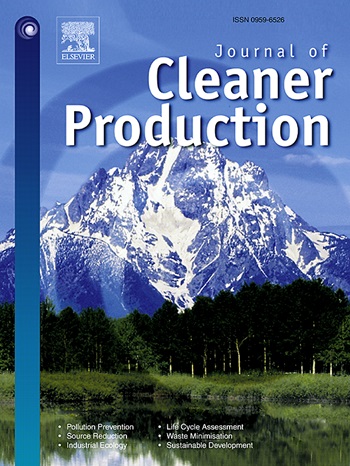Potential of ozone-ultraviolet combined technology on mitigating the aquatic risks of receiving river: The significance of dissolved organic matter
IF 9.7
1区 环境科学与生态学
Q1 ENGINEERING, ENVIRONMENTAL
引用次数: 0
Abstract
Advanced oxidation processes (AOPs) are widely employed in reclaimed water production for aquatic replenishment, primarily for pathogen and organic micropollutant removal. However, the long-term effects of AOPs-treated effluent on overlooked aquatic risks of receiving rivers remain unclear. This study evaluated the ecological effects of O3 and O3/UV-treated sulfamethoxazole (SMX)-containing reclaimed water in receiving rivers. Fourier transform ion cyclotron resonance mass spectrometry and metagenomics were integrated to evaluate ecological risks associated with dissolved organic matter (DOM) transformation. Compared to O3 treatment, O3/UV enhanced SMX removal by 40% and significantly altered DOM composition. Long-term replenishment with O3/UV-treated water reduced upstream toxicity by 16%, correlating with residual SMX. Downstream, O3/UV reduced toxicity by 51% compared to O3, which increased toxicity by 79% despite 40% greater SMX removal than Control, with toxicity correlating more strongly with DOM molecular weight (MW) than SMX. The O3/UV process reduced chromosomal antibiotic resistance gene (cARG) transmission risk by 50%, closely linked to DOM molecular composition. Additionally, O3/UV protocol enhanced the microbial community clustering coefficient by 23% in the receiving river, promoting pollutant-degrading bacteria and the succession of nitrogen-enriched DOM, thereby improving the river's self-purification. These findings highlight O3/UV's potential to mitigate aquatic risks while emphasizing the need to consider DOM evolution in reclaimed water risk assessments.

臭氧-紫外线联合技术对降低受水河流水生风险的潜力:溶解有机物的意义
高级氧化工艺(AOPs)广泛应用于再生水生产中,主要用于去除病原体和有机微污染物。然而,aops处理过的污水对接收河流中被忽视的水生风险的长期影响仍不清楚。本研究评价了O3和O3/ uv处理后的含磺胺甲恶唑(SMX)再生水的生态效应。采用傅立叶变换离子回旋共振质谱法和宏基因组学方法对溶解性有机物(DOM)转化的生态风险进行了综合评价。与O3处理相比,O3/UV处理使SMX去除率提高了40%,并显著改变了DOM组成。长期补充O3/ uv处理过的水可以减少16%的上游毒性,与残留的SMX相关。在下游,O3/UV比O3降低了51%的毒性,而O3增加了79%的毒性,尽管SMX的去除率比对照高40%,毒性与DOM分子量(MW)的相关性比SMX更强。O3/UV处理将染色体抗生素耐药基因(cARG)的传播风险降低了50%,这与DOM分子组成密切相关。此外,O3/UV方案使受污染河流微生物群落聚集系数提高23%,促进了污染物降解菌和富氮DOM的演替,从而提高了河流的自净化能力。这些发现强调了O3/UV降低水生风险的潜力,同时强调了在再生水风险评估中考虑DOM演变的必要性。
本文章由计算机程序翻译,如有差异,请以英文原文为准。
求助全文
约1分钟内获得全文
求助全文
来源期刊

Journal of Cleaner Production
环境科学-工程:环境
CiteScore
20.40
自引率
9.00%
发文量
4720
审稿时长
111 days
期刊介绍:
The Journal of Cleaner Production is an international, transdisciplinary journal that addresses and discusses theoretical and practical Cleaner Production, Environmental, and Sustainability issues. It aims to help societies become more sustainable by focusing on the concept of 'Cleaner Production', which aims at preventing waste production and increasing efficiencies in energy, water, resources, and human capital use. The journal serves as a platform for corporations, governments, education institutions, regions, and societies to engage in discussions and research related to Cleaner Production, environmental, and sustainability practices.
 求助内容:
求助内容: 应助结果提醒方式:
应助结果提醒方式:


